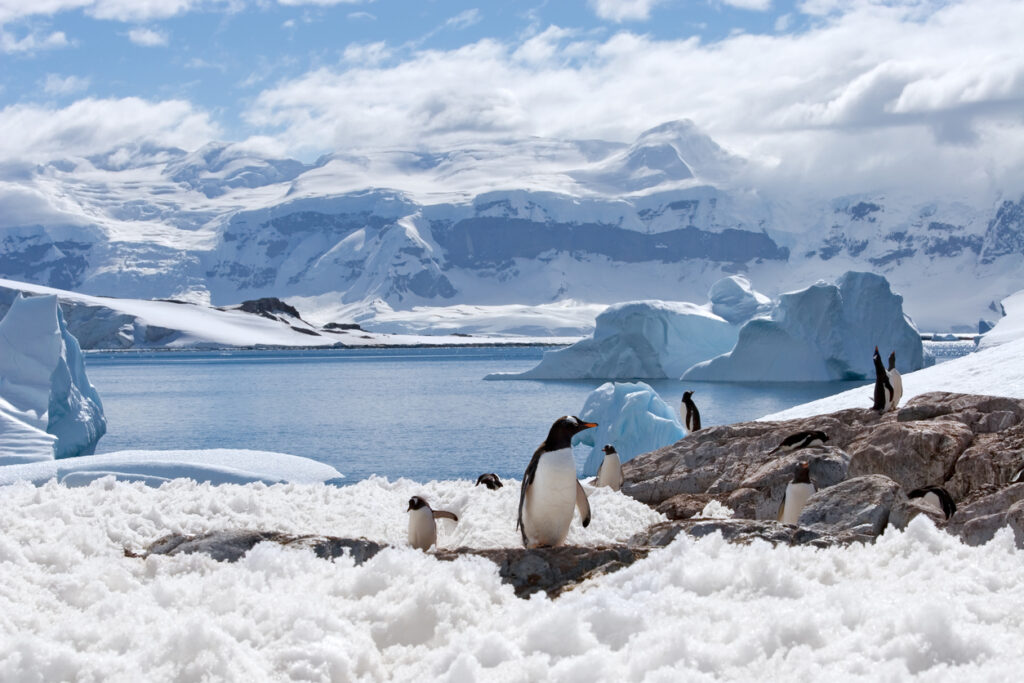A remote and mysterious land of ice and snow, Antarctica is like walking on another planet entirely. There is a quiet beauty to the wonder of the White Continent, where few can say they’ve been lucky enough to explore. If you’re willing and able to embark on the trip of a lifetime, there are unique things to do and see that will leave you breathless, and you’ll remember fondly for years to come.
Are you curious about the vast landscapes that have captivated explorers, scientists and travellers for centuries? For those who are adventurers at heart or love discovering scarcely observed wildlife, here are some of the best sights and things to do in Antarctica.
Admire a colony of penguins
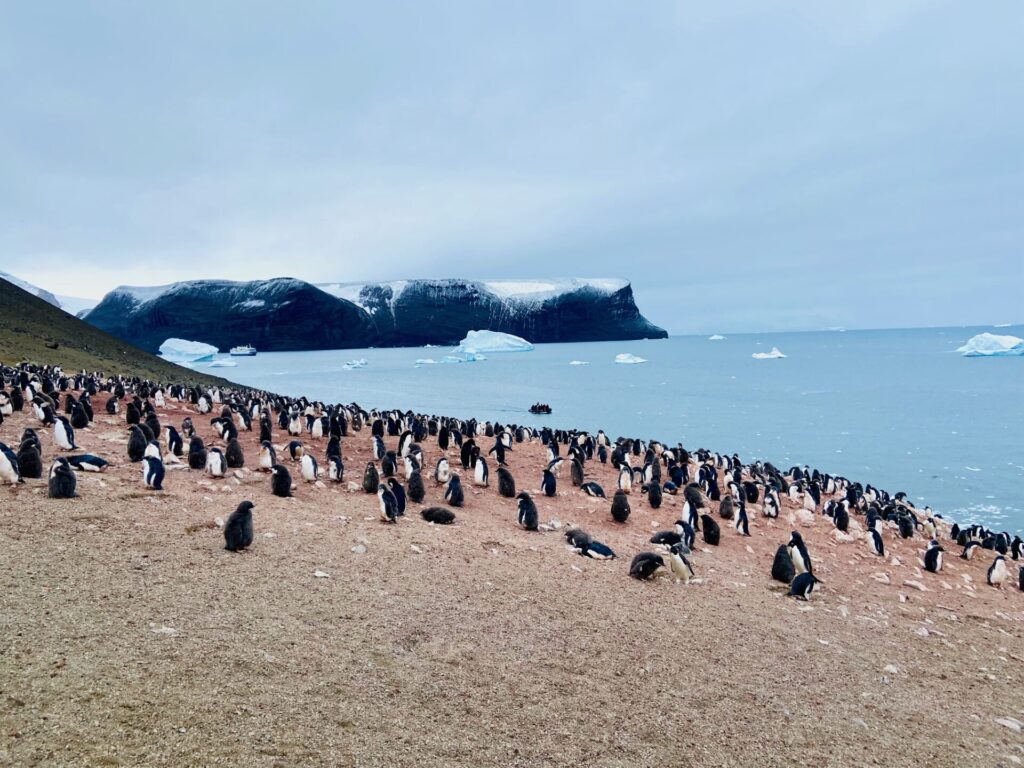
Even if you’ve been lucky enough to see penguins elsewhere, you’ve never seen them like this. Antarctica is home to the largest penguin population of any region globally, and you could see millions at a time.
Some species of penguins that you might see on the southernmost continent are the Adelie, Emperor, Chinstrap, Gentoo, King and Macaroni penguins. Which species you’ll spot depends on the month of your tour and where you stop to explore. You may also get lucky and see some fluffy chicks taking their first steps.
While the specific itinerary is up to the weather, Member Choice Vacations’ Journey of Antarctica February trip plans to include a shoreline stop where you can walk past a massive colony of Gentoo penguins. You might also catch penguins hanging out on nearby icebergs when the ship is close to shore.
Watch out for whales
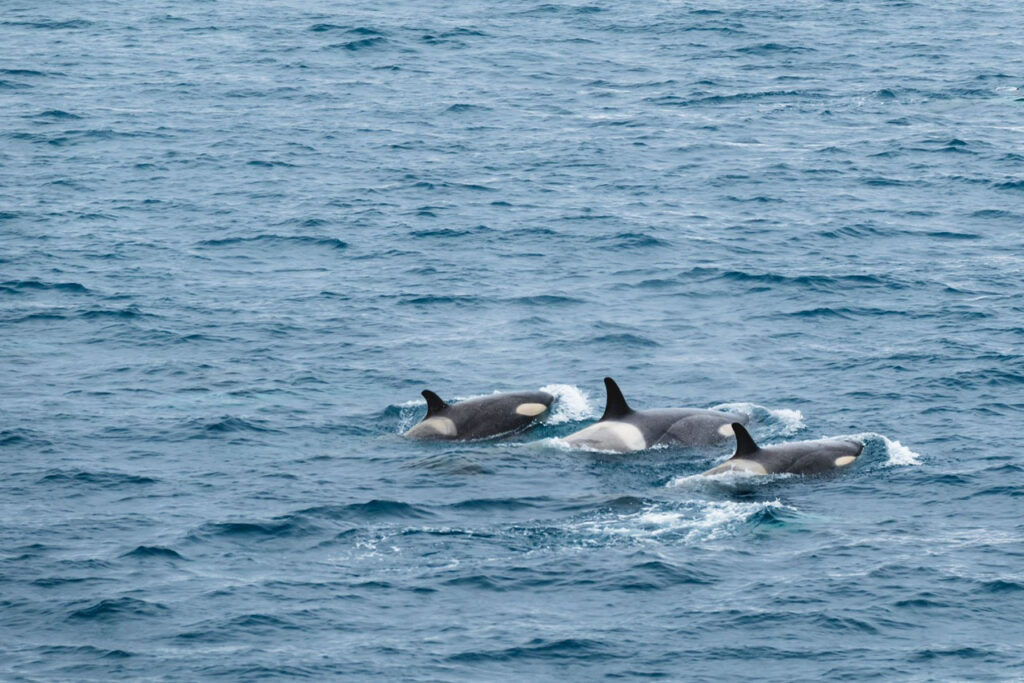
The Antarctic seas also have seasonal visitors. Whales may not adhere to national borders, but there are species of whales that you’re more likely to see when visiting the White Continent. Killer whales (orca), humpback, minke and fin whales often travel in the region each year. Humpback whales are the most common spot, but you never know what you could be lucky to see while exploring.
Unlike colonies of penguins or pods of seals with typical gathering locations that the ship’s crew is likely knowledgeable about, whale watching is all about keeping your eyes peeled. Scan the ocean whenever you get a chance for signs of whales breaching, blowing or diving. The ship’s spotter will also be on the lookout for marine life. These creatures can be seen throughout the Antarctic expedition season – December to April – with February and March being the peak months to find them.
Go for a polar plunge
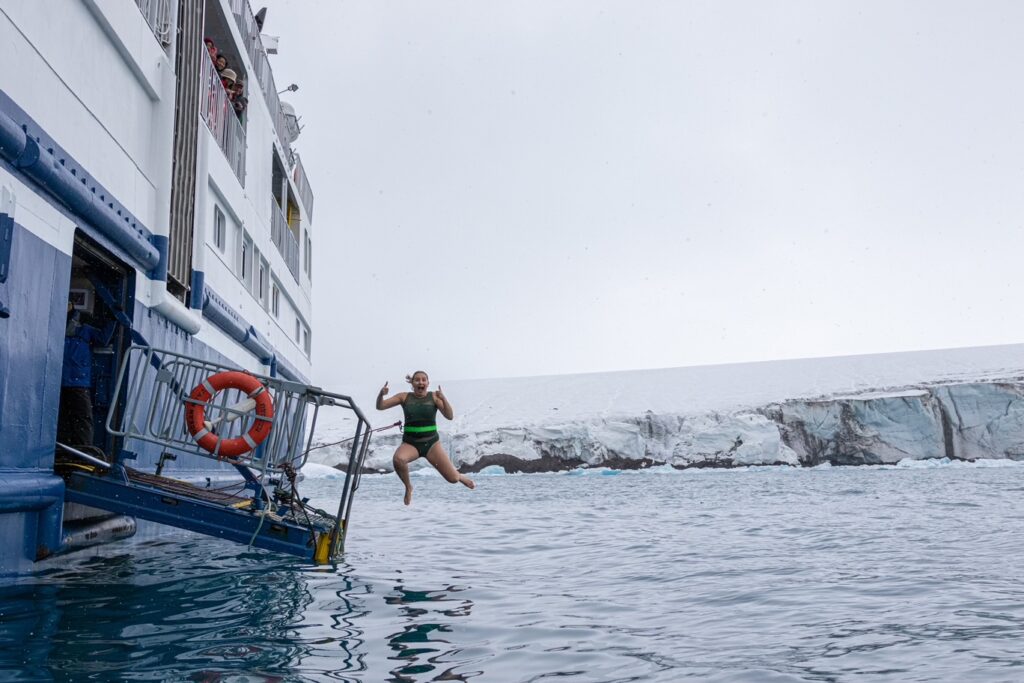
Don’t forget to pack your swimsuit if your expedition through Antarctica offers a polar plunge; it’s a once-in-a-lifetime experience. This icy dip into the Antarctic Ocean is a tradition where you’ll typically jump off the ship’s gangway. The captain will always be prioritizing the safest timing and options. For safety, you’ll be secured by a harness and encouraged to swim right back in after your jump. There are many staff members nearby, as well as a Zodiac boat with the ship’s doctor, plus a photographer is ready to capture this unique memory.
The water is roughly 0° Celsius, with the outside air being near the same temperature. It won’t hurt to practice with ice baths or cold showers at home if you want to feel like a pro doing this cold dip. You’ll be given a towel to dry off right after the icy plunge and will have time to warm up in a hot shower, hot tub or sauna if the ship offers these amenities. Fellow shipmates braving the polar jump will cheer you on throughout your turn, creating a fun sense of friendship for your adventure.
Cruise past hundreds of icebergs
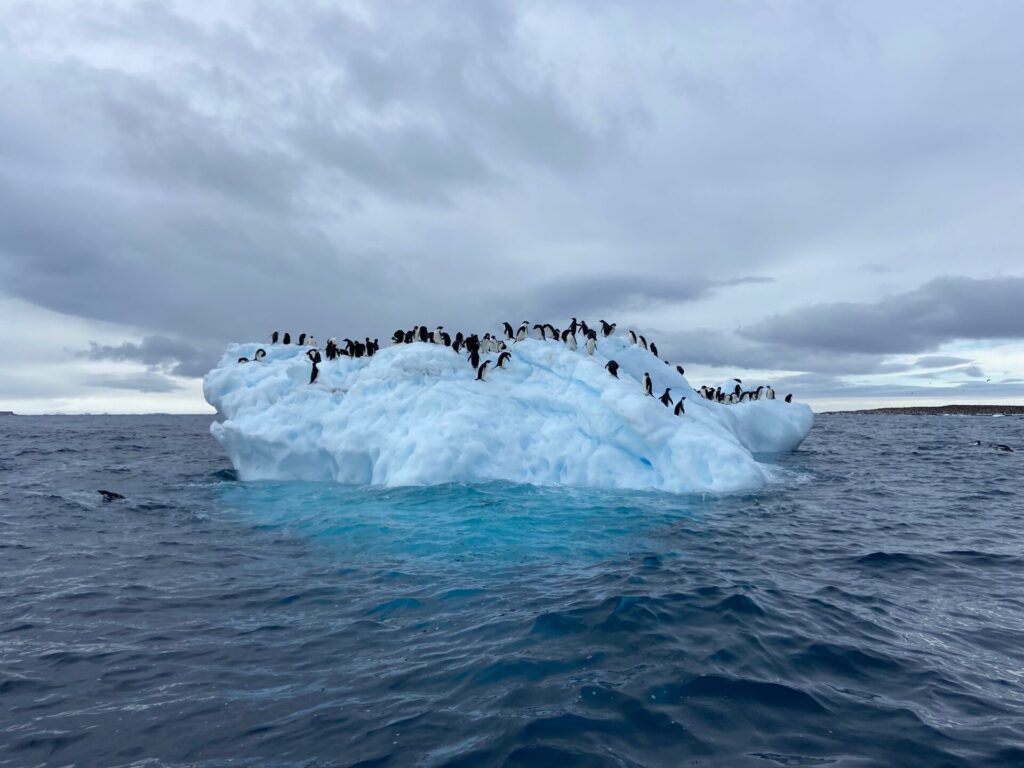
The largest block of ice on the globe, the Antarctic ice sheet, covers most of the continent, which holds 90% of the world’s ice. When large pieces of ice break off an ice shelf or glacier, it forms an iceberg and begins to flow into the ocean. While cruising near parts of the continent’s edges that have glaciers or ice sheets, you won’t be able to mistake the sound of an iceberg forming. Listen for a thunderous crack in the otherwise still silence and watch for some nearby waves.
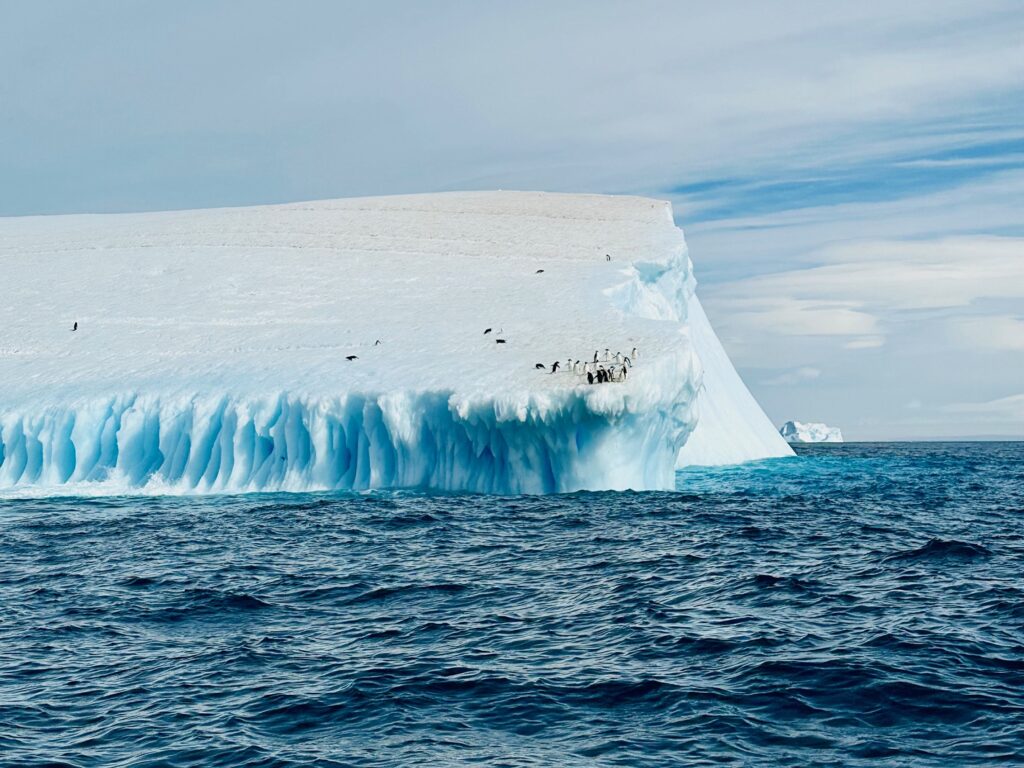
You may gaze out to witness hundreds of icebergs floating around. It’s breathtaking to watch them casually go by. You will spot many unique shapes and sizes, but you’ll also get to watch gigantic tabular icebergs go by. These towering flat sheets of ice almost look like frozen islands and are so large they can exist for years.
During zodiac tours on the ocean, you may also spot some smaller ice pieces floating nearby, literally called a bergy bit. Some Antarctic guides may scoop these frozen bits up and bring them back to the ship so guests can enjoy the rare chill of sipping a drink with pure iceberg. Ask your expedition team if this is possible on your tour.
Zip around on a zodiac boat
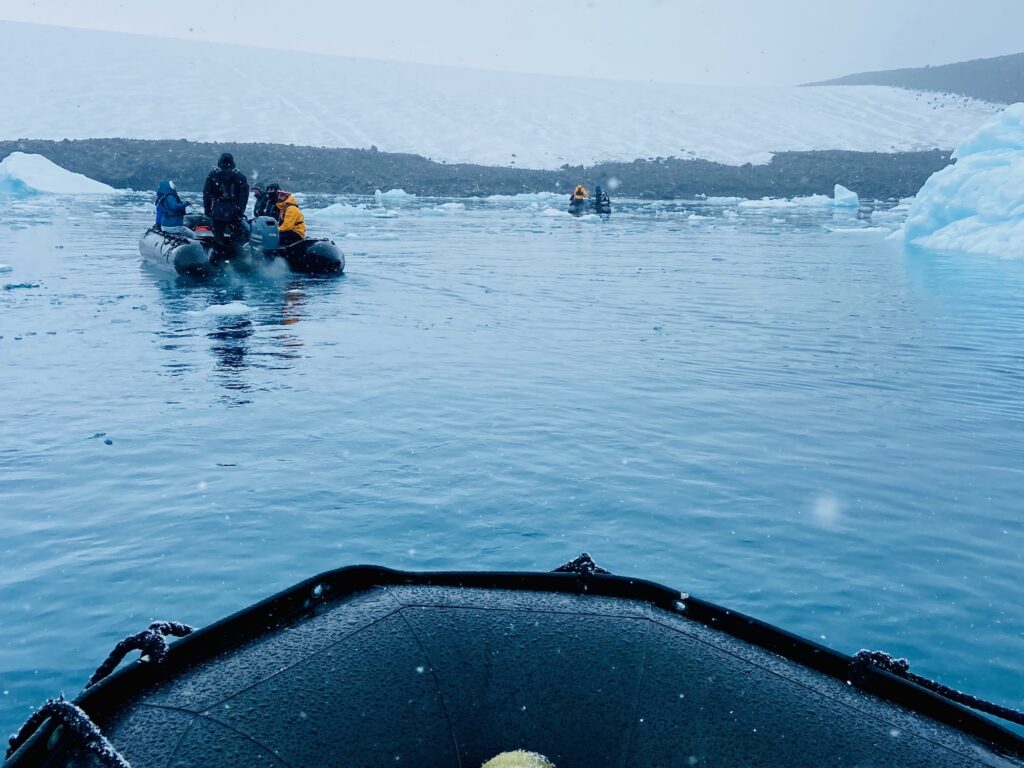
The smaller Zodiac boats, with space for about 10 to 12 passengers, are more than just your means of getting between the ship and land. Zip around the ocean surface past towering icebergs, jumping penguins and unique landscapes.
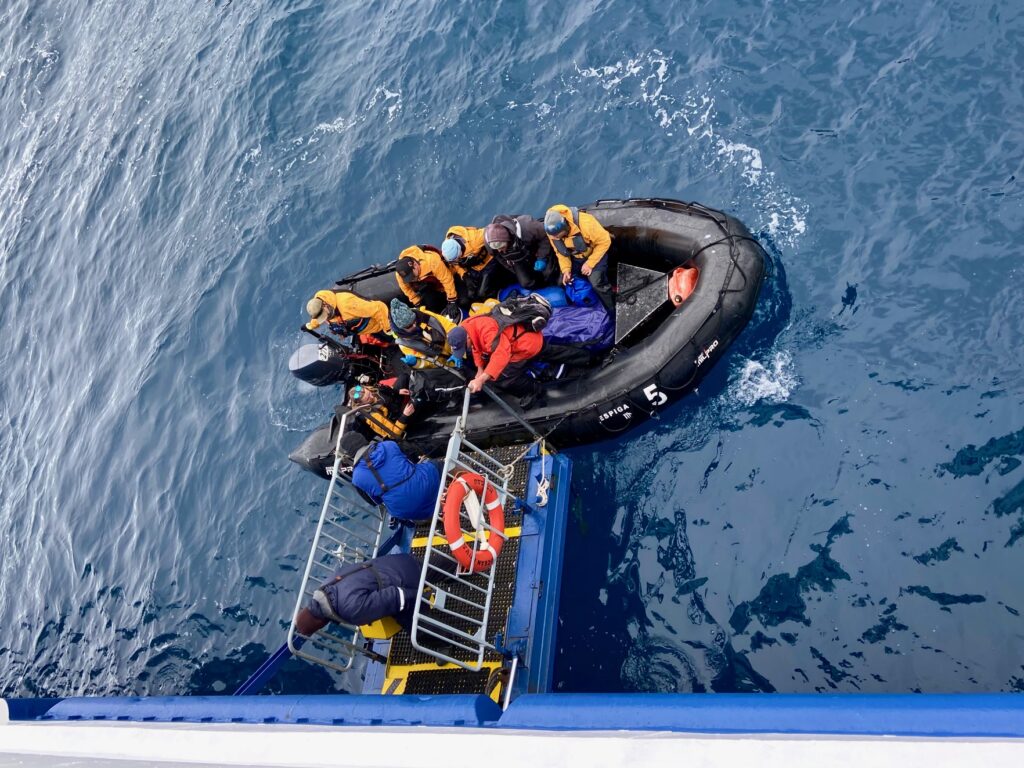
Get close to rocky shorelines and admire hidden landscapes, cruise past penguins as they relax on nearby icebergs or jump through the waves and keep your eyes peeled for other wildlife, including albatrosses, seals and whales.
Kayaking excursions are another fun way to admire the Antarctic surroundings from the ocean’s surface. On select expeditions, this is an included activity for all passengers. On others, it is an optional part of the tour that costs an additional fee and must be reserved before the trip. Check your ship’s inclusions and ask your travel agent for the details of your particular trip.
Walk on a glacier
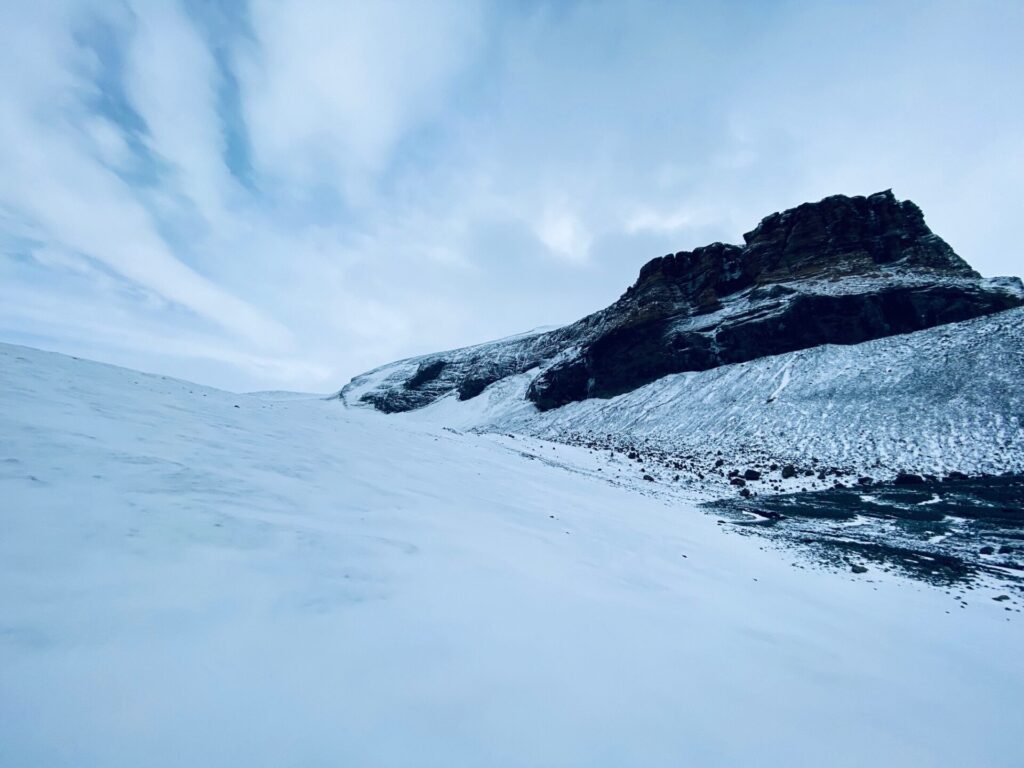
You’ll learn a lot about ice while exploring Antarctica and can take in its wonder as you step on a glacier. Not all islands or areas on the continent have glaciers, but as over 97% of Antarctica is covered in ice, your excursions will likely include admiring a glacier up close. Glaciers feel pressure under their weight; over time, they flow almost like a river, the ice deforming and slowly sliding over sediment. Of course, you can’t see this with the naked eye, but it’s incredible to imagine as you take in the vast landscape of blue and white.
An expert guide from the ship will lead you to the glacier and show you how to access it safely (if included in the itinerary). There could be hidden cracks and crevasses buried under snow or thin ice, so don’t walk on a glacier alone or without knowing the secure area.
Keep a lookout for seals
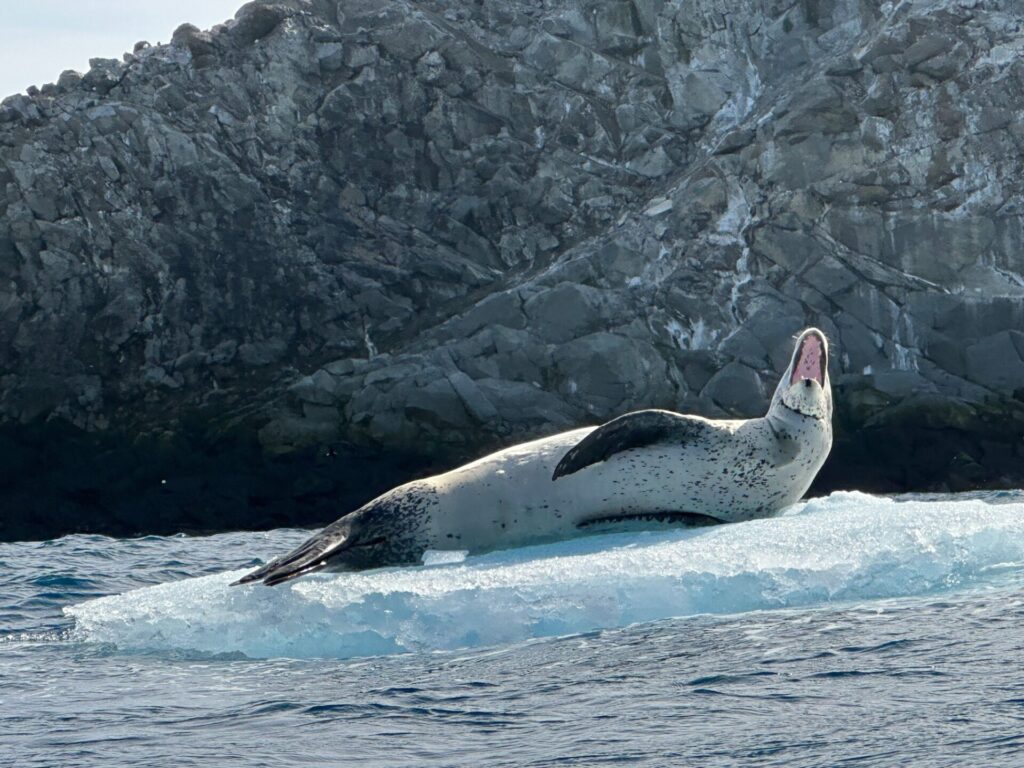
The different species of seals you could see on your journey in Antarctica are the fur, elephant, leopard, crabeater, ross and Weddell seals. Look for these creatures on rocky shorelines or large ice flows near land. They are skilled at camouflaging in the grey landscapes full of rocks and are often relaxing when on the shore.
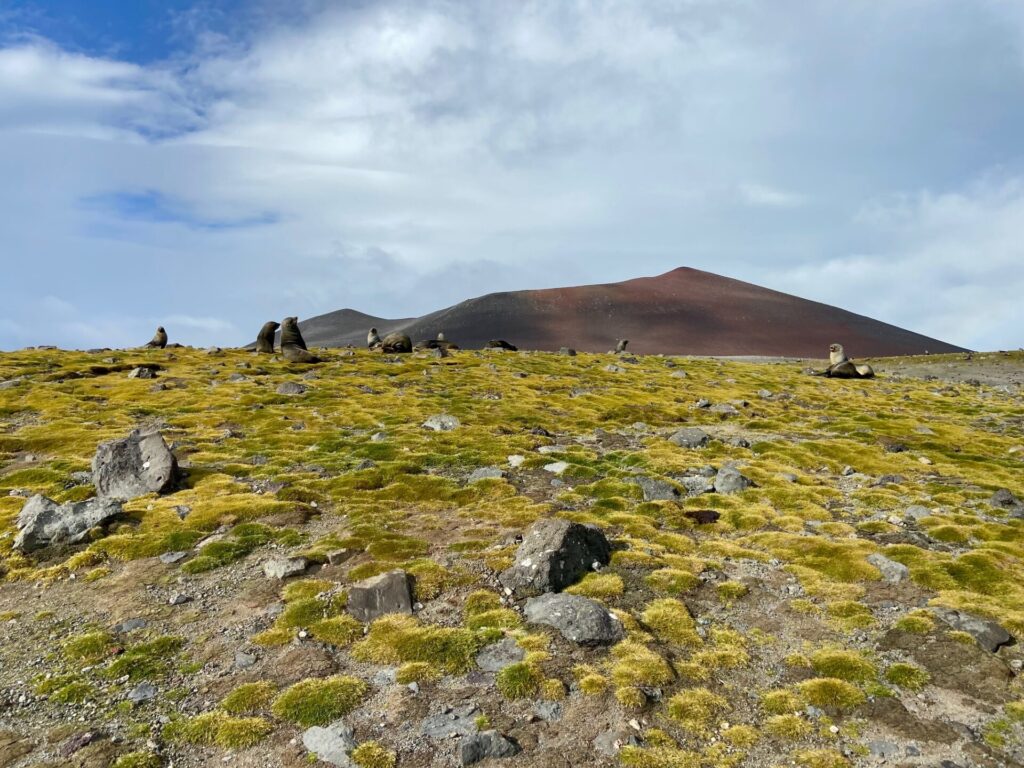
The cutest seals, without a doubt, are the Weddell seals; keep watch toward large inland ice floes to potentially spot these fluffy, cartoon-like animals. Fur seals are genetically related to dogs and look like the ocean’s canines. It is less likely you’ll see a leopard or an elephant seal; if you do, it will probably be one or a smaller pod. Leopard seals are one of Antarctica’s top predators and have a massive jaw. Elephant seals are enormous and can weigh a whopping 4,000 kilograms. Scan the edge of the coasts as you cruise by on a Zodiac or hike up to explore.
Your exploration of the seventh continent awaits
For an expertly planned tour, make an appointment with a CAA Travel Consultant to reserve your next trip with CAA Member Choice Vacations (MCV). MCV’s tour – Journey to Antarctica – is a 13-day exhibition which features wildlife viewing, crossing over the Drake Passage, daily excursions, educational sessions and your meals onboard a polar expedition ship. Ask an agent about the details and how to book today.

